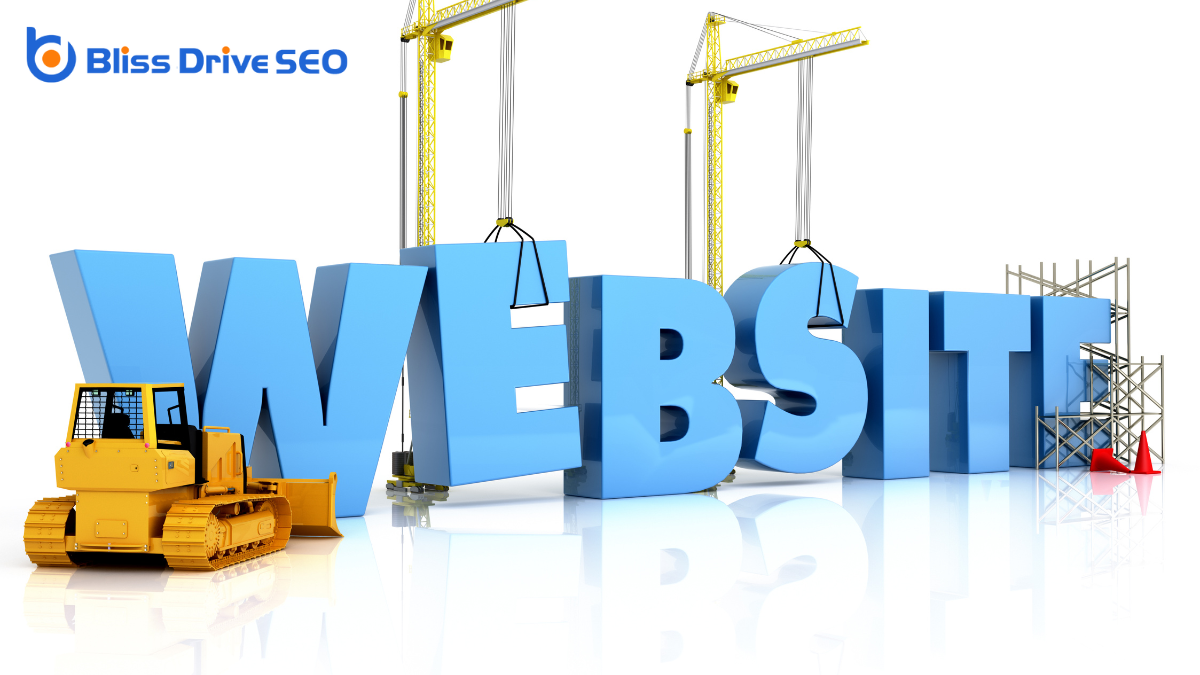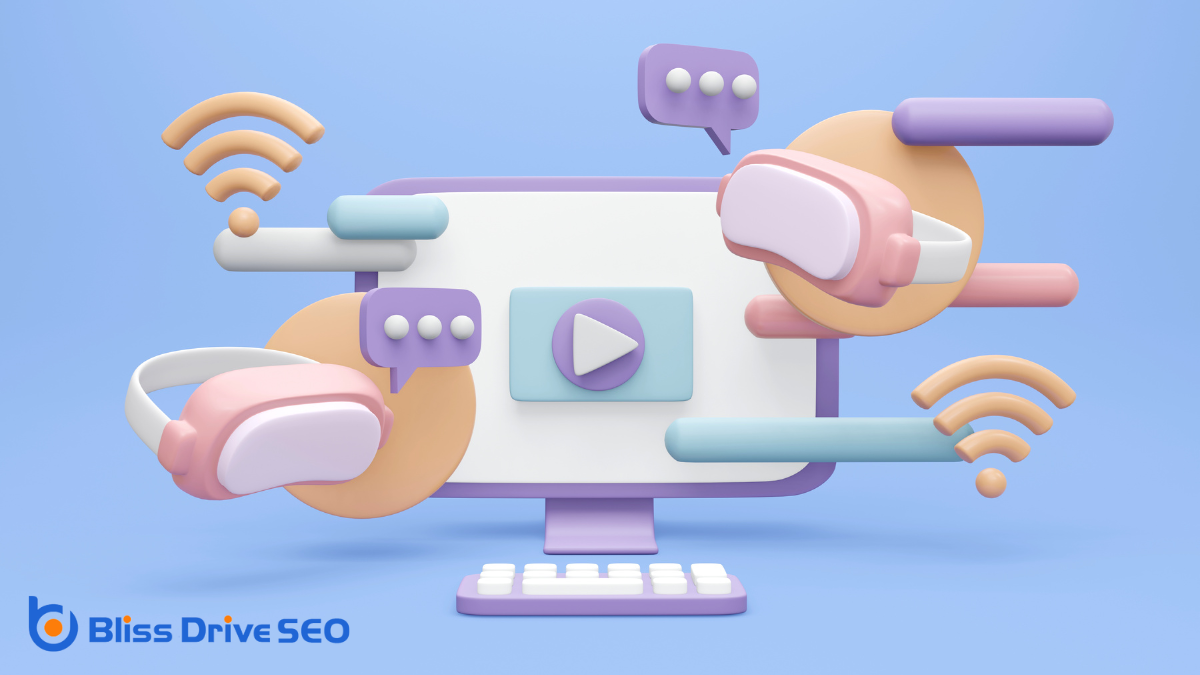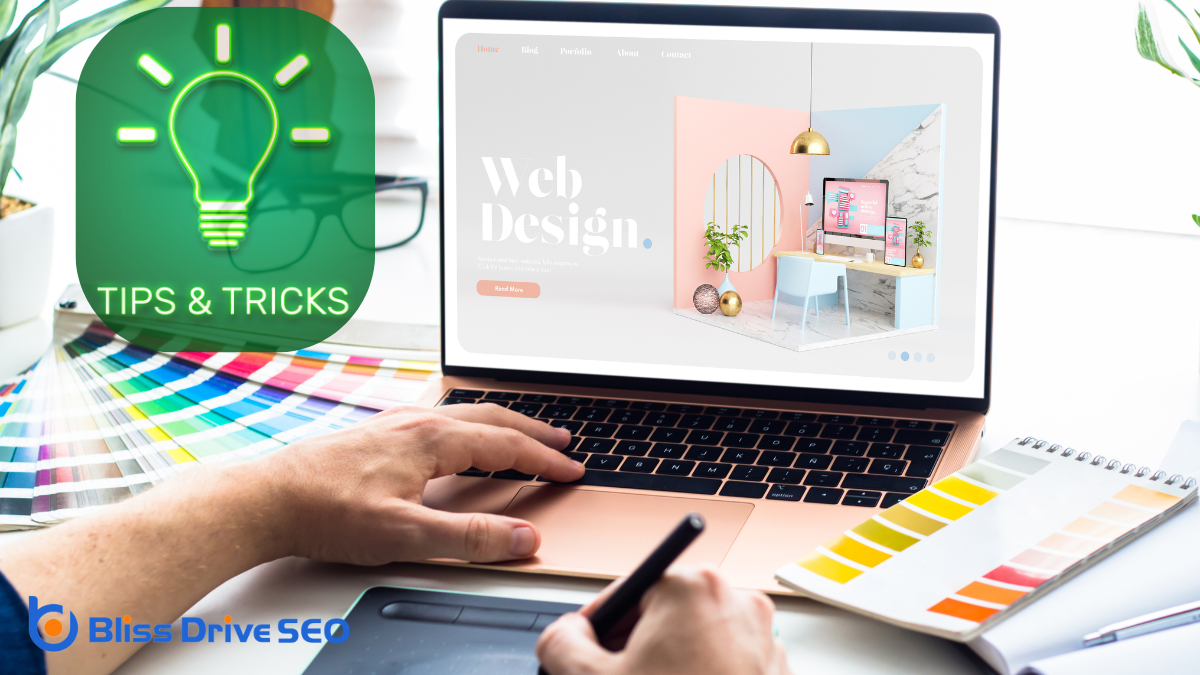Learn More About Us

You're probably wondering if building your own website for free is really possible. With platforms like Wix, Weebly, and WordPress.com offering user-friendly tools, it's tempting to jump in and start creating. These platforms promise professional-looking websites without the need for coding skills, but there's more to evaluate. While the idea of a no-cost website is appealing, you'll find there are limitations, such as design constraints and mandatory brandingThe process of creating a unique name, design, and image for a product or service in the consumer's .... So, what are the trade-offs, and how do you decide which platform best suits your needs? Let's explore these questions further.
Venturing into the world of website creation can be both exciting and intimidating, but understanding free website builders can simplify the process. These tools are designed to help you create a professional-looking site without needing to know how to code. They offer a user-friendly interface, often with drag-and-drop features, allowing you to focus on content and design rather than technical details.
When you use a free website builder, you're usually provided with a variety of templates that can be customized to match your brand or personal style. This flexibility is ideal if you're new to web design and want to get started quickly. Most builders also offer basic features like contact forms, image galleries, and social media integration.
However, it's important to be aware of limitations. Free plans might include ads on your site, limited storage, and fewer customization options compared to paid plans. You may also be required to use a subdomain instead of a custom domain.
Despite these constraints, free website builders are perfect for small projects, personal blogs, or testing ideas before investing in a more robust solution. They empower you to bring your vision to life without a hefty price tag.

With a grasp of how free website builders work, it's time to investigate some of the top platforms available. You'll find that each offers unique features, making it easier to create a website without breaking the bank.
Let's plunge into a few popular options you might consider.
Wix is a popular choice, known for its user-friendly drag-and-drop interface. You can easily customize your site with a variety of templates and design elements.
Wix also offers a free plan, giving you the chance to experiment without any financial commitment.
Weebly is another platform worth exploring. It provides a simple and intuitive design experience, perfect for beginners.
Weebly's free plan includes basic features, allowing you to get your site up and running quickly.
WordPress.com is ideal if you're looking for more bloggingWriting and publishing articles on a website to provide information and engage readers. features. The platform offers a vast selection of themes and plugins, even on its free plan.
It's an excellent option if you want more control over content management.
Lastly, consider Google Sites for straightforward, no-frills websites. It's easy to use and integrates well with other Google services, making it a convenient choice for businesses or personal projects.
When you choose a free website builder, you might face limited design flexibility, which can restrict your creative vision.
While these platforms promise no upfront costs, watch out for potential hidden fees that could surprise you later.
Additionally, be prepared for branding restrictions, as many free options require displaying their logos on your site.
Despite the allure of cost-free website builders, limited design flexibility can be a significant drawback. When you opt for a free website builder, you're often confined to pre-designed templates. These templates may not align with your vision, leaving you with a site that looks like many others.
While they offer some customization options, like changing colors or fonts, you might find these limitations frustrating if you want a truly unique design. Using free website builders, you can't always modify elements as much as you'd like. Adding custom features or functionalities might be out of reach, making it challenging to tailor your site to your audience's needs.
This lack of flexibility can hinder your ability to create a memorable online presence, especially if you're competing with sites that have the freedom to innovate. Moreover, free builders sometimes restrict access to advanced tools, which are essential for more refined designs.
As a result, your website might lack the professional polish needed to impress visitors. While building a free site is tempting, consider whether the trade-off in design flexibility aligns with your goals and expectations for your online presence.
You might think building a website for free sounds like a win-win, but it's essential to take into account potential hidden costs that could arise. While the upfront cost may be zero, you might face unexpected expenses down the road.
For instance, free website builders often offer limited storage or bandwidth. Once you exceed these limits, you might need to pay for upgrades to keep your site running smoothly.
Moreover, you should consider the cost of domain names. Many free platforms don't offer a custom domain as part of their package. If you want a personalized URL, you'll likely have to purchase it separately.
Additionally, free websites may include advertisements that you can't control, which could detract from your site's professional appearance. Removing these ads usually requires a paid subscription.
Security is another potential hidden cost. Free options mightn't provide robust protection against cyber threats, and investing in security features could become necessary.
Finally, technical support is often limited to free services. If you encounter issues, resolving them might require hiring a professional, adding to your costs.
Understanding these hidden costs will help you make a more informed decision.
Diving into the world of free website builders, you'll quickly notice branding restrictions that can both benefit and limit your online presence.
On the plus side, these platforms typically handle a lot of your branding. This can be helpful if you're new to design and want a professional-looking site without much effort. The templates provided are often sleek and modern, offering consistency that can elevate your website's appearance.
However, this convenience comes with limitations.
The downside is that free website builders often require you to display their branding prominently. This means your site might carry a watermark or logo from the hosting service, which can detract from your personal or business brand. Additionally, your domain nameThe address of a website, crucial for branding and SEO. may include the builder's name, which can make your site seem less professional and harder to remember. This could affect credibility and trustworthiness in the eyes of your visitors.
While these restrictions mightn't be a deal-breaker for personal or hobby sites, they can be significant if you're aiming to build a brand or business.
Before committing, weigh these branding pros and cons to decide if a free website builder aligns with your goals.
When building a website for free, the toolbox of features you choose can make a world of difference in functionality and appeal. Start by ensuring the platform offers a user-friendly drag-and-drop editor. This feature simplifies the design process, allowing you to arrange elements like text, images, and videos without coding knowledge. A good editor boosts creativity and saves time.
Look for customizable templates that suit your brand's style and message. Templates provide a foundation to build upon, offering design flexibility while maintaining a cohesive look.
Additionally, choose a platform offering responsive designA web design approach that makes web pages render well on a variety of devices and window or screen ..., ensuring your site looks great on desktops, tablets, and smartphones. In today's mobile-driven world, this is non-negotiable.
SEO toolsSoftware and online tools used for various aspects of SEO, such as keyword research and link buildin... are essential, too. They help improve your site's visibility on search engines, which is critical for attracting visitors. Basic analytics toolsSoftware used to track and analyze website performance, user behavior, and marketing efforts. are also important, providing insights into visitor behavior and site performance.
Finally, check the availability of plugins or widgets, enabling you to add features like contact forms, social media integration, and more. These elements enrich user experience, making your site more interactive and engaging.

After selecting the right features, it's time to put them into practice as you start building your site. Begin by choosing a simple layout. A clean design helps visitors navigate easily and keeps them engaged.
Next, focus on creating clear, concise content. Write with your audience in mind, using language they'll understand, and break up text with headers and bullet points.
Images can enhance your site, but use them wisely. Too many can slow down load times, frustrating visitors. Optimize your images for the web to maintain quality without sacrificing speed.
Also, make sure your site is mobile-friendly. Many users browse on their phones, so responsive design is essential.
Incorporate easy navigation. Use a consistent menu structure and include a search bar if your site has multiple pages. This helps users find what they're looking for quickly.
Lastly, test your site before launching. Check every link, form, and button to make sure they work correctly. Ask friends or family to browse your site and provide feedback.
This step helps you catch any issues you might've missed, guaranteeing a smooth experience for your visitors from day one.
To enhance your website without spending a dime, start by exploring free design tools that can give your site a polished look.
Next, focus on SEO optimization tips to boost your site's visibility and attract more visitors.
Finally, utilize content creation resources to guarantee your website offers engaging and valuable information to your audience.
Creating a visually appealing website doesn't have to break the bank, thanks to a plethora of free design tools available online. These tools can help you craft a professional-looking site without spending a dime.
Start with platforms like Canva and Crello, which offer user-friendly interfaces to create stunning graphics, banners, and headers. You can access countless templates tailored to various website needs, making it easy to customize and match your brand's aesthetics.
For more advanced design work, explore tools like GIMP and Inkscape. GIMP is a powerful image editor similar to Photoshop, providing you with the ability to manipulate and enhance images effectively. Inkscape, on the other hand, focuses on vector graphics, ideal for creating logos and icons. Both are open-source, ensuring you won't face any cost barriers.
If you need to optimize your images for faster loading times, TinyPNG and Compressor.io can compress your files without sacrificing quality.
Don't overlook the importance of fonts in your design. Google Fonts offers a vast library of free, web-friendly fonts that can elevate your site's typography.
Boosting your website's visibility doesn't have to strain your budget. By implementing some smart SEO strategies, you can improve your site's ranking without spending a dime.
First, focus on using relevant keywordsWords or phrases that users type into search engines to find information. throughout your content. These are the terms people are likely to use when searching for the information you provide.
To enhance your SEO for free, consider these tips:
After enhancing your site's SEO, the next step is to focus on crafting compelling content without breaking the bank. You don't need to spend a fortune to make your website stand out.
Begin by exploring free resources that can help you produce high-quality content. Websites like Canva offer free design tools to create stunning visuals, while Unsplash or Pexels provide free stock images to enhance your pages.
For written content, consider using tools like Grammarly. It helps polish your writing by catching grammatical errors and suggesting improvements, ensuring your message is clear and professional.
If you're stuck on ideas, platforms like AnswerThePublic and BuzzSumo can inspire topics by showing what people are searching for.
When creating videos, you can turn to free software like DaVinci Resolve or Lightworks to edit your clips. These tools can help you produce engaging video content without expensive software.
For audio, Audacity offers robust editing features for podcastsAudio content distributed through digital channels, often in series format. or voiceovers.
You can definitely build your own website for free using platforms like Wix, Weebly, or WordPress.com. These user-friendly tools let you create professional sites without any coding skills. While free options have limitations like restricted design flexibility and mandatory branding, they're perfect for personal projects or testing ideas. Focus on choosing the right features and enhancing your site creatively. With a bit of effort, you'll have a functional, appealing website without spending a dime.
